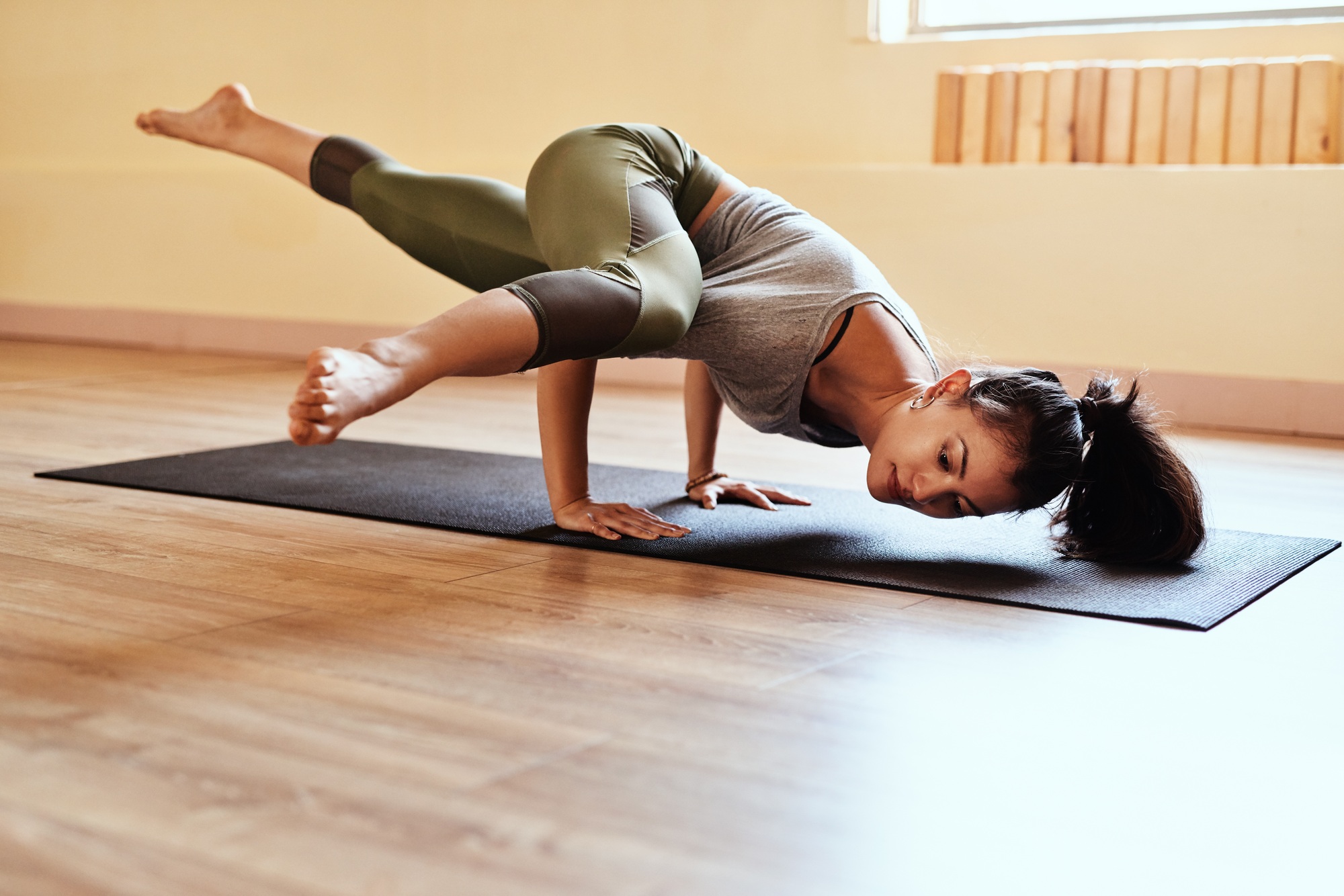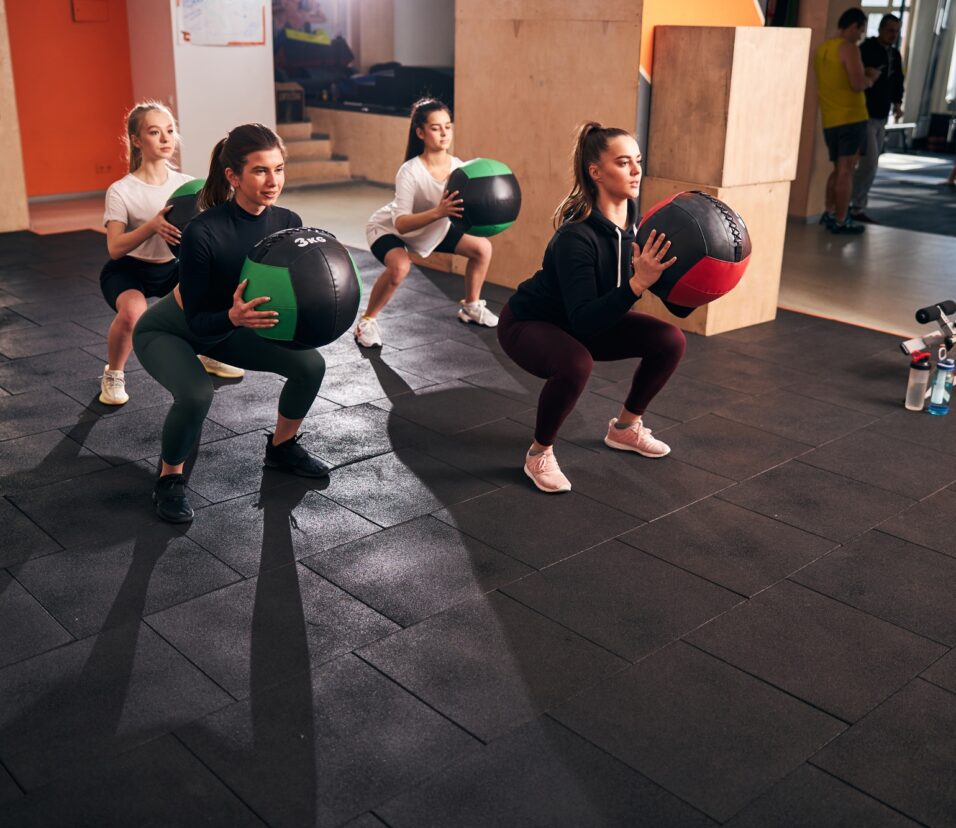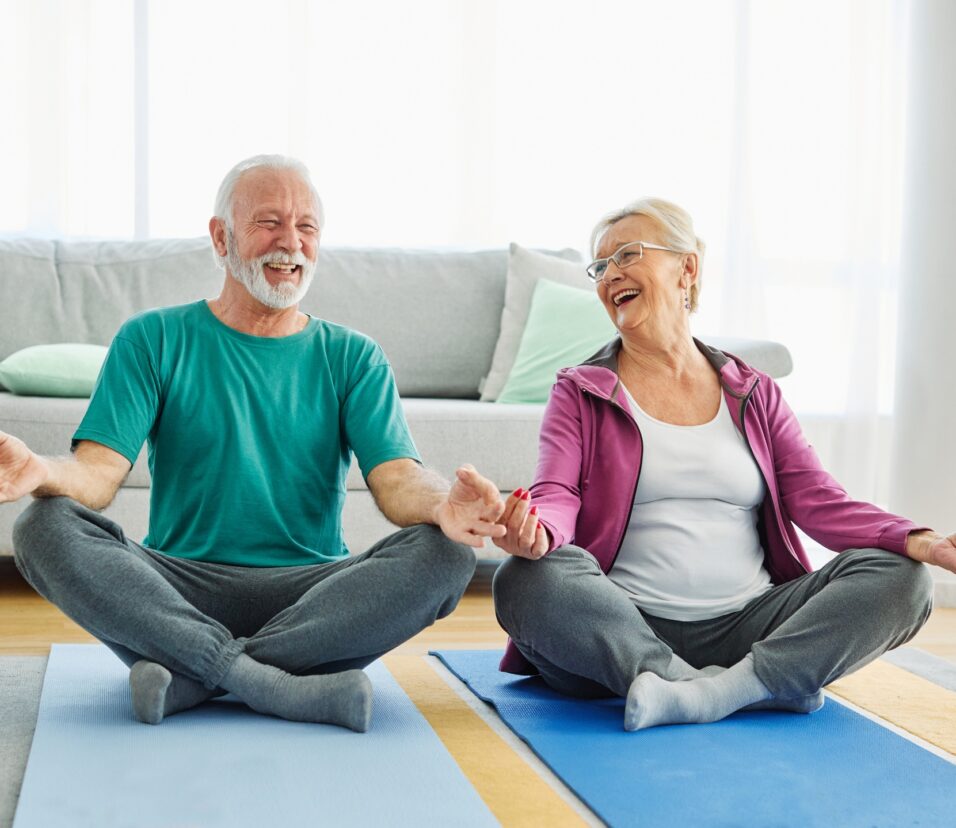🤸 Stretching vs. Mobility Training – What’s the Difference?
Introduction
When most people think of improving flexibility, they immediately picture stretching — reaching for their toes, holding yoga poses, or bending their body into different positions. But in recent years, another term has been making waves in the fitness world: mobility training.
While the two are often used interchangeably, stretching and mobility are not the same thing. Both are important for athletic performance, injury prevention, and overall health, but they serve different purposes.
So, what’s the difference between stretching and mobility training? And which one should you focus on?
This in-depth guide will break down the science, benefits, and applications of both, so you can build a smarter fitness routine.
🔹 What is Stretching?
Stretching refers to exercises that lengthen muscles and improve flexibility. The main goal is to increase the range of motion (ROM) of a muscle or joint by holding or moving into a lengthened position.
Types of Stretching
- Static Stretching 🧘
- Holding a stretch for 20–60 seconds without movement.
- Example: Touching your toes and holding the position.
- Best used after workouts for relaxation and flexibility.
- Dynamic Stretching 🏃
- Controlled, active movements that prepare muscles for activity.
- Example: Leg swings, arm circles, walking lunges.
- Best used before workouts for warm-up.
- Ballistic Stretching ⚡
- Quick, bouncing movements to push muscles beyond their normal range.
- Not recommended for beginners (higher injury risk).
- PNF Stretching (Proprioceptive Neuromuscular Facilitation) 🔄
- A contract-relax technique often done with a partner or resistance band.
- One of the most effective methods for improving flexibility.
Benefits of Stretching
- Increases flexibility
- Relieves muscle tightness
- Improves posture
- Enhances blood flow
- Helps with relaxation and stress relief
🔹 What is Mobility Training?
Mobility training focuses on active control of movement through a joint’s full range of motion. Unlike stretching, which is mostly passive, mobility involves strength, stability, and control as you move.
For example:
- Stretching a hip might mean pulling your leg into a deep lunge.
- Mobility training for the hip could mean controlled hip circles or lunges with rotation, building strength and stability throughout the movement.
Key Components of Mobility Training
- Joint Health 🦴
Mobility keeps joints lubricated and healthy, reducing stiffness. - Strength Through Range 💪
Not just being flexible, but being able to control movement through that flexibility. - Dynamic Control 🎯
Teaches your nervous system how to move safely and efficiently.
Examples of Mobility Exercises
- Hip CARs (Controlled Articular Rotations)
- Shoulder dislocates with a band
- Deep squat holds with active ankle movement
- Thoracic spine rotations
Benefits of Mobility Training
- Improves athletic performance
- Reduces injury risk by strengthening connective tissue
- Enhances balance and stability
- Allows for more efficient, powerful movements
- Improves joint longevity
🔹 Stretching vs. Mobility Training: The Core Differences
| Feature | Stretching | Mobility Training |
|---|---|---|
| Goal | Increase muscle length & flexibility | Improve joint range + strength & control |
| Type of Work | Mostly passive | Active, strength-based |
| Focus | Muscles | Joints + muscles + nervous system |
| Best Time | Static: after workouts / Dynamic: before workouts | Anytime; best during warm-up or standalone sessions |
| Benefits | Relieves tightness, improves flexibility, relaxation | Enhances performance, prevents injuries, builds long-term resilience |
👉 Stretching = passive lengthening. Mobility = active movement + control.
🔹 Do You Need Stretching or Mobility Training?
The short answer: You need both.
When to Focus on Stretching:
- After workouts to cool down.
- When dealing with muscle tightness.
- For relaxation and stress relief (like yoga).
When to Focus on Mobility:
- As part of your warm-up to prepare for training.
- If you want to improve lifts (e.g., deeper squats, overhead presses).
- For injury prevention and athletic performance.
Think of stretching as “making the muscle longer” and mobility as “learning to use that new length safely and strongly.”
🔹 How Stretching Helps Mobility (and Vice Versa)
Stretching and mobility training are complementary, not competing.
- Stretching can improve flexibility, giving your joints more potential range.
- Mobility training ensures you can actually use that range in real life.
For example:
- You might be able to touch your toes after stretching (flexibility).
- But can you control your hips and spine while bending forward under load (mobility)?
That’s the difference between just being bendy and being strong, functional, and injury-free.
🔹 Common Myths About Stretching & Mobility
🚫 Myth 1: Stretching before workouts prevents injuries.
➡️ Truth: Dynamic warm-ups and mobility work are better for injury prevention. Static stretching before workouts can actually reduce strength temporarily.
🚫 Myth 2: Flexibility = Mobility.
➡️ Truth: Flexibility is passive. Mobility is active control.
🚫 Myth 3: Only athletes need mobility training.
➡️ Truth: Everyone — from office workers to seniors — benefits from better joint mobility.
🚫 Myth 4: More stretching always means more progress.
➡️ Truth: Without strength and stability, extreme flexibility can increase injury risk.
🔹 How to Combine Stretching & Mobility in Your Routine
A smart fitness routine should blend both approaches. Here’s an example:
Warm-Up (Mobility Focus):
- Hip circles
- Arm swings
- Thoracic rotations
- Deep squat hold with ankle rocks
Workout:
- Strength training, cardio, or sports-specific work
Cool-Down (Stretching Focus):
- Hamstring static stretch
- Chest opener stretch
- Child’s pose
- Quad stretch
This way, you:
- Prepare your body with mobility
- Train efficiently
- Recover with stretching
🔹 FAQs: Stretching vs. Mobility
Q1: Can I improve mobility without stretching?
Yes. Mobility drills involve movement and strength, which can improve range of motion without static stretching.
Q2: Should I stretch every day?
Yes, light stretching daily is safe and beneficial for relaxation and flexibility.
Q3: How often should I do mobility training?
2–4 times per week, ideally as part of your warm-up.
Q4: Which is better for athletes?
Mobility training is more sport-specific, but stretching is still useful for recovery.
Q5: Can stretching reduce soreness?
It may not eliminate soreness but helps improve circulation and relaxation, aiding recovery.









Leave feedback about this